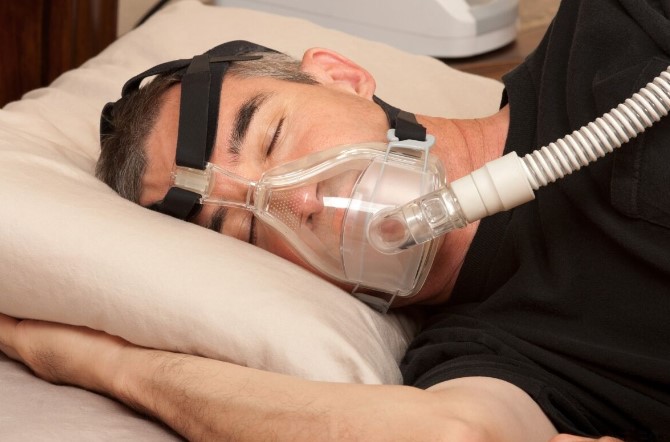Comprehensive Guide to Anaphylaxis: Symptoms, Causes, Treatment, and Prevention

Understanding Anaphylaxis
Anaphylaxis is a severe, life-threatening allergic reaction that requires immediate medical attention. It can occur suddenly and progress rapidly, affecting multiple systems in the body. Anaphylaxis is typically triggered by exposure to allergens such as certain foods, insect stings, medications, or latex.
Symptoms of Anaphylaxis
Recognizing the symptoms of anaphylaxis is crucial for prompt intervention. Symptoms can vary but commonly include:
- Skin reactions: Itchy hives, flushed or pale skin.
- Respiratory issues: Shortness of breath, wheezing, or difficulty breathing.
- Cardiovascular symptoms: Rapid heartbeat, drop in blood pressure, dizziness, or fainting.
- Gastrointestinal problems: Nausea, vomiting, diarrhea, or abdominal pain.
Causes and Triggers
Anaphylaxis can be triggered by various allergens. Common triggers include:
- Foods: Peanuts, tree nuts, shellfish, and eggs are frequent culprits.
- Insect Stings: Bees, wasps, hornets, and fire ants.
- Medications: Antibiotics like penicillin, NSAIDs, and certain vaccines.
- Other Substances: Latex and certain chemicals can also induce anaphylaxis.
Treatment Options
Immediate treatment of anaphylaxis involves administering epinephrine (adrenaline) to reverse the symptoms and stabilize the patient. Other measures may include:
- Antihistamines: To help relieve itching and hives.
- Corticosteroids: To reduce inflammation and prevent late-phase reactions.
- Intravenous Fluids: To maintain blood pressure and hydration.
Emergency Response
Anaphylaxis requires swift action. If you or someone nearby shows symptoms, follow these steps:
- Administer Epinephrine: Use an epinephrine auto-injector if available.
- Call Emergency Services: Dial for an ambulance immediately.
- Seek Medical Care: Even if symptoms improve after using epinephrine, follow up with medical professionals.
Prevention Strategies
Preventing anaphylaxis involves avoiding known triggers and taking proactive measures:
- Allergen Identification: Know what substances trigger your allergies.
- Medical Alert: Wear a medical alert bracelet or necklace.
- Emergency Plan: Develop a personalized anaphylaxis action plan with your healthcare provider.
- Education: Educate family, friends, and colleagues on how to recognize and respond to anaphylactic reactions.
Conclusion
In conclusion, understanding anaphylaxis is crucial for anyone prone to severe allergic reactions. Timely recognition of symptoms, prompt administration of epinephrine, and seeking immediate medical care are paramount. By staying informed and prepared, individuals at risk can manage anaphylaxis effectively and reduce the likelihood of life-threatening outcomes.




